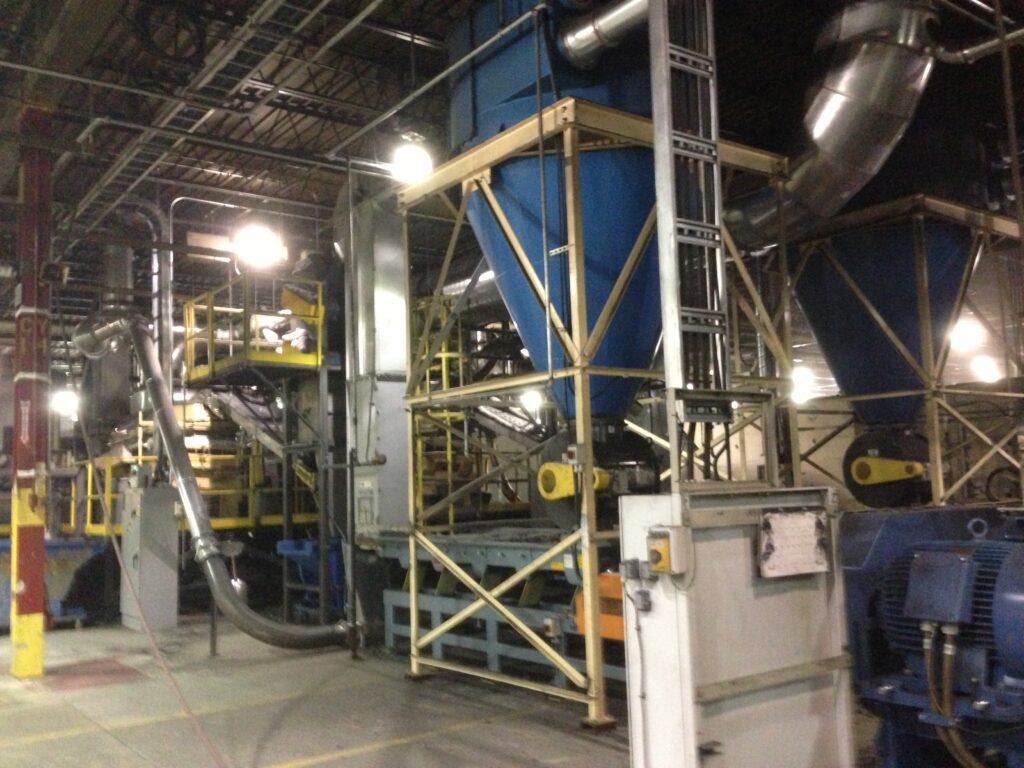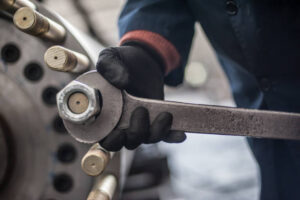Millwright Magic: Setting Up Big Machines Made Simple
Have you ever bought a new toy or piece of furniture and had to put it together? There’s a manual, some tools, and various parts that all need to fit perfectly. Now, imagine the toy is as big as a house! That’s the kind of challenge millwrights face when they install large machinery. Let’s dive into this fascinating world and see how these machinery magicians work their magic.
Step 1: The “How-to” Guide
Just like when you get a new toy or piece of furniture, millwrights start with a set of instructions. These instructions, often called ‘blueprints’ or ‘plans’, are like a roadmap that shows where each part of the machine should go.
Step 2: Preparing the Space
Before setting up a big machine, millwrights need to make sure there’s enough space. They check the floor to ensure it’s strong enough to hold the machine’s weight. They also make sure there are no obstacles in the way.
Step 3: Unboxing the Parts
Large machines come in pieces, sort of like a giant puzzle. Millwrights will carefully unload each part, ensuring nothing is damaged.
Step 4: Getting the Tools Ready
Just as you might need a screwdriver or hammer for your toy or furniture, millwrights need tools to set up machines. They might use cranes to lift heavy parts, wrenches to tighten bolts, and levels to make sure everything is straight.
Step 5: Putting it All Together
This is where the magic happens! Millwrights follow the instructions and start assembling the machine. They connect parts, bolt them down, and make sure everything is aligned (meaning it’s straight and fits well). This step can take a while because it’s essential to get everything just right.
Step 6: Double-Checking
Once the machine is set up, millwrights don’t just walk away. They double-check everything. They ensure all the parts are secure, and nothing is out of place. This step is crucial because machines need to work safely and correctly.
Step 7: The First Test
With everything in place, it’s time to turn the machine on and see if it works! Millwrights will carefully start the machine, watching and listening for any problems. If everything runs smoothly, their job is done. If not, they’ll figure out what’s wrong and fix it.
In Conclusion
Millwrights are like the ultimate puzzle masters, putting together giant pieces to create working machines. Thanks to their skills, factories, plants, and other places have the machinery they need to make stuff, produce energy, and so much more. Next time you’re putting together a toy or a piece of furniture, just remember: it’s a small taste of what millwrights do every day, but on a much, much bigger scale!


